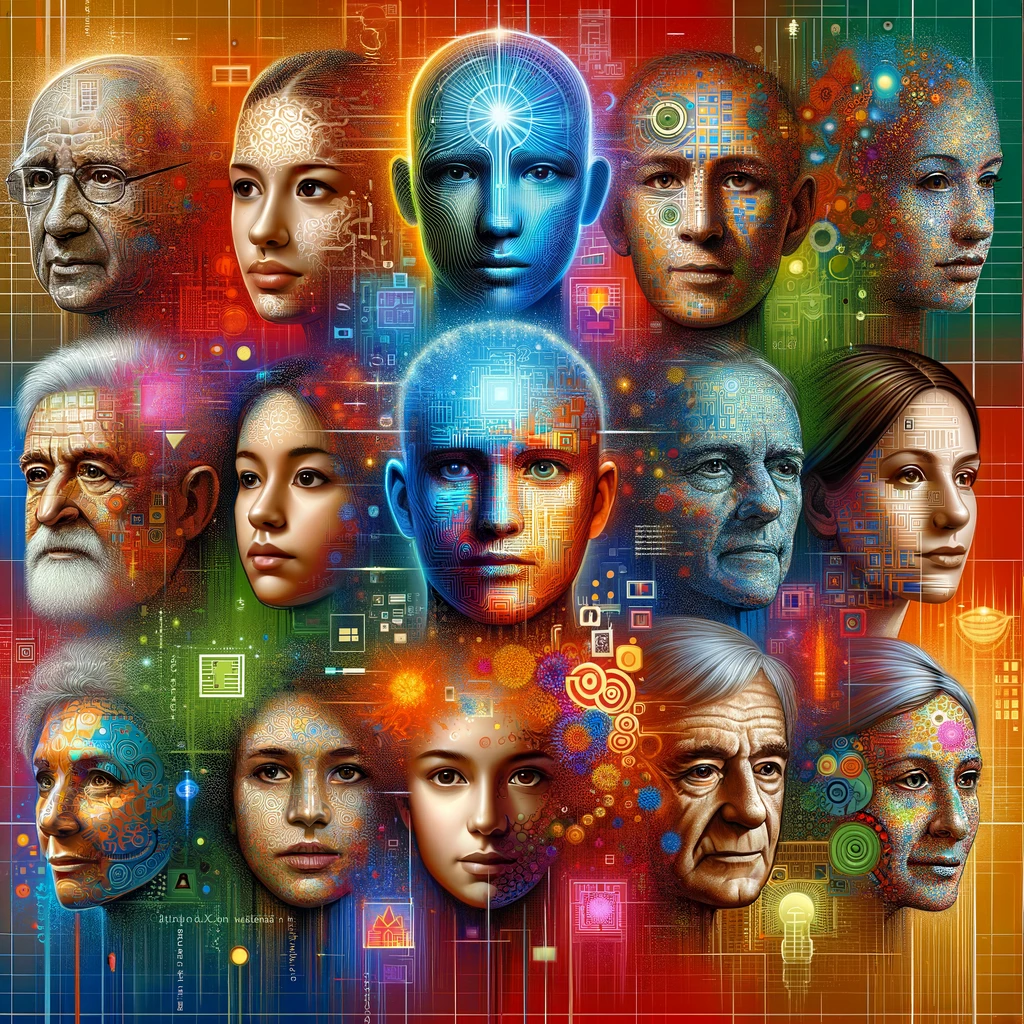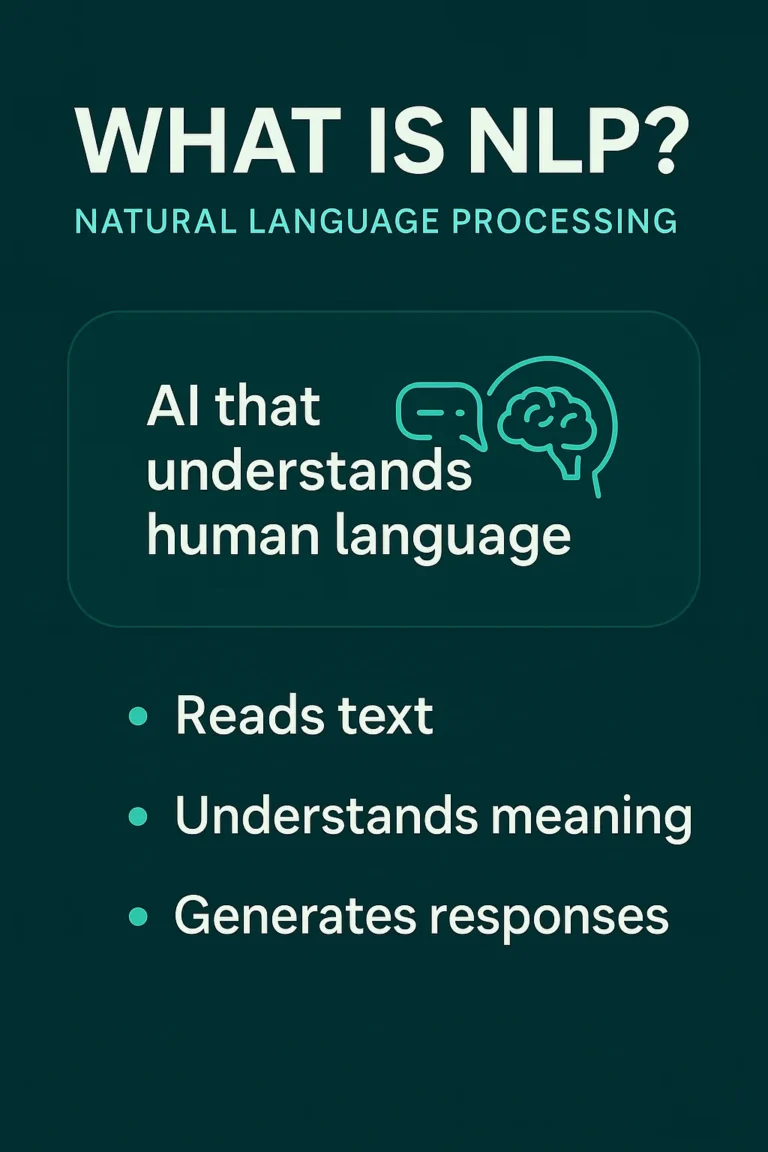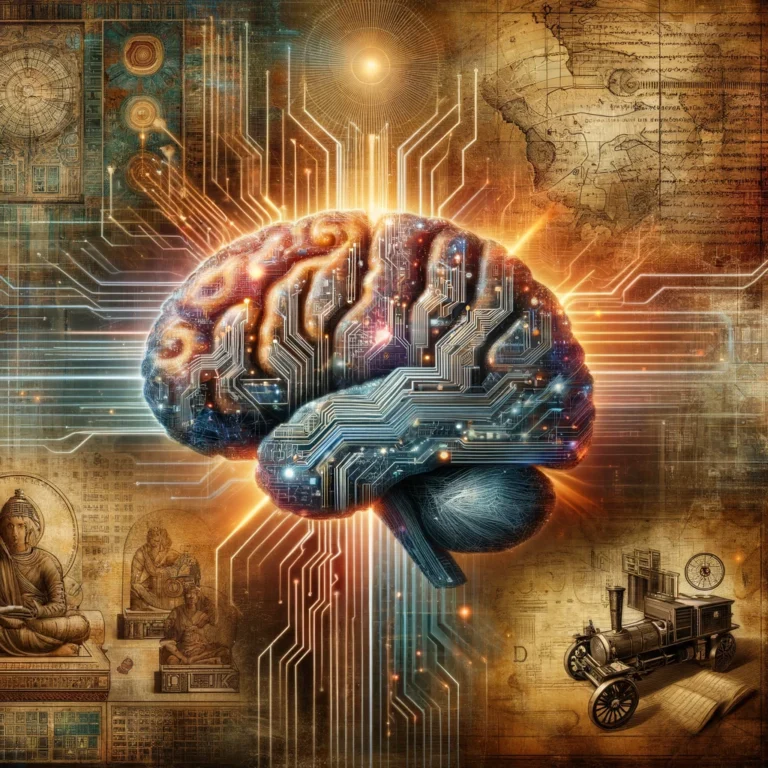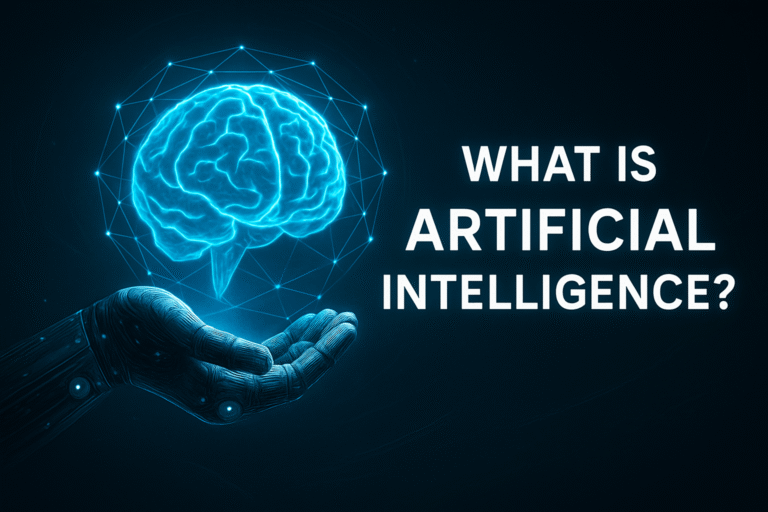Crafting Intelligence: The Art of Knowledge Representation and Engineering in AI
At the heart of artificial intelligence (AI) lies the concept of knowledge representation, a complex yet foundational element that enables machines to process, understand, and mimic human cognitive functions. Knowledge representation is not just about storing data; it’s about structuring it in such a way that AI systems can use it effectively, making it possible for these systems to perform reasoning, make decisions, and learn from their environment. It acts as the bridge between raw data and actionable insight, allowing machines to interpret the world around them in a manner that’s akin to human understanding.
1. The Foundation of AI through Knowledge Representation and Engineering
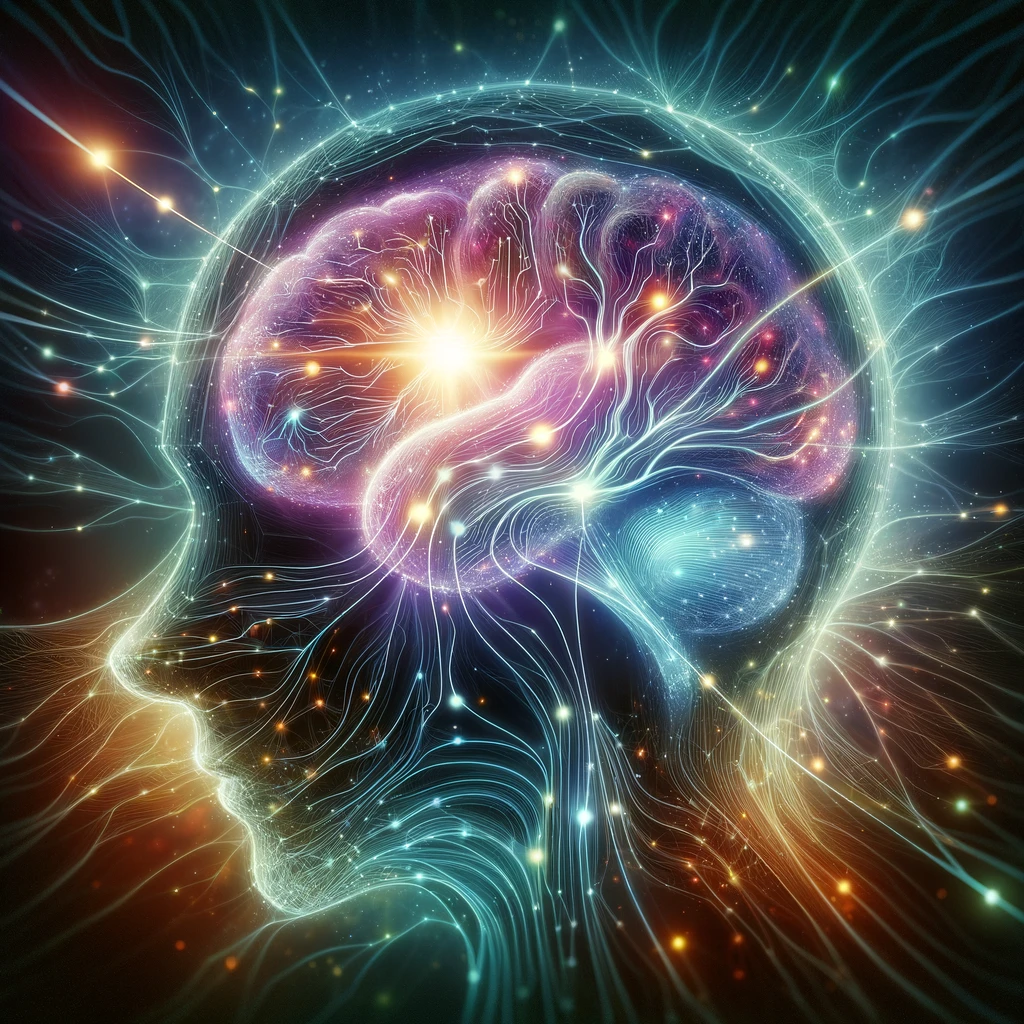
Understanding Knowledge Representation
Knowledge representation is a key part of artificial intelligence (AI) that helps machines process, understand, and mimic human thinking.
It’s not just about storing data but organizing it so AI systems can use it effectively to reason, make decisions, and learn.
Think of it as the bridge between raw data and meaningful insights, allowing machines to interpret the world similarly to how humans do.
Without knowledge representation, AI systems would struggle with tasks requiring deeper understanding beyond simple calculations or recognizing patterns.
It involves methods to formally structure information, enabling AI to solve complex problems, answer questions, and make accurate predictions.
The Significance of Knowledge Engineering
Knowledge engineering works alongside knowledge representation to apply this structured information within AI systems.
It involves creating knowledge bases—organized collections of information—and developing systems that use these bases to solve problems or offer advice.
This field blends computer science, cognitive science, and information technology to build systems that can effectively use the represented knowledge.
The process includes extracting knowledge from various sources, modeling it, validating it, and maintaining it to keep AI systems up-to-date and effective.
Knowledge engineering is an ongoing effort essential for creating intelligent systems that can adapt and evolve over time.
Bridging Knowledge Representation and AI’s Capabilities
The combination of knowledge representation and engineering forms the core of AI’s abilities.
By structuring knowledge, AI systems can reason about the world in sophisticated ways, like understanding natural language, making inferences, learning from experiences, and showing common-sense reasoning.
Knowledge engineering ensures the knowledge AI relies on is accurate, comprehensive, and relevant.
It involves continuously updating and refining the knowledge base, enabling AI systems to respond effectively to new information and changing environments.
As we explore knowledge representation and engineering, remember these are practical tools that allow AI to reach its full potential.
They enable AI systems to understand and interact with the world, making them indispensable for developing truly intelligent machines.
2. Basics of Knowledge Representation in AI

Knowledge representation helps AI understand and interpret the world by modeling information in a way that computers can process.
This section covers different approaches to knowledge representation and how knowledge is structured and used in AI systems.
Approaches to Knowledge Representation
Symbolic Representation
This method uses symbols to represent objects, concepts, and relationships within a domain, forming the basis of logical reasoning in AI. It’s effective in domains with clear rules and relationships.
Semantic Networks
Semantic networks are graphical representations showing concepts as nodes and relationships as edges. They are useful for representing associative information, helping AI systems understand relationships and infer new information, especially in natural language processing.
Frames
Frames are data structures representing stereotypical situations with slots for variable information. They support inheritance, sharing, and overriding information hierarchically, useful for representing knowledge about categories and their instances.
Logic-Based Representation
This approach uses formal logic to represent knowledge, enabling AI systems to perform deductive reasoning. Propositional and first-order predicate logic are common, allowing representation of facts and relationships that support rigorous reasoning.
Ontologies
Ontologies provide a structured framework for organizing knowledge, defining types of entities in a domain and their relationships. They are critical for knowledge sharing and reuse across AI systems.
Structuring and Utilizing Knowledge in AI
Structured knowledge allows AI systems to reason, learn, and make decisions. The method of knowledge representation depends on the AI application’s requirements, domain complexity, reasoning type, and need for flexibility.
Key Processes
- Reasoning and Inference: AI uses structured knowledge to infer new information or make decisions through deductive, inductive, or abductive reasoning.
- Learning: Structured knowledge supports machine learning by providing a framework to understand relationships between information.
- Natural Language Understanding: Knowledge representation techniques are essential for natural language processing, helping AI understand and respond to human language.
In summary, knowledge representation forms the foundation for AI systems to understand the world, impacting how knowledge is structured, accessed, and utilized, and playing a crucial role in AI’s success.
3. Knowledge Engineering Processes
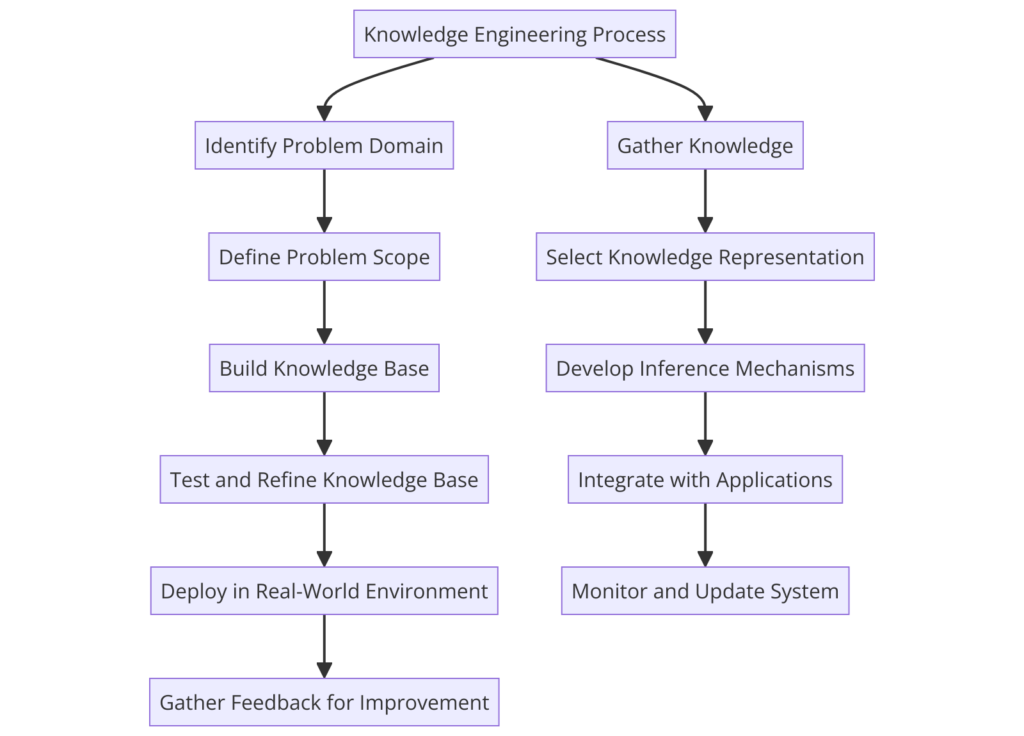
Knowledge engineering is vital for building AI systems, focusing on acquiring, modeling, and validating knowledge to create intelligent applications. This process ensures AI systems have accurate, relevant, and comprehensive knowledge bases.
Steps in Knowledge Engineering
Knowledge Acquisition
Gather information from domain experts, literature, databases, and existing AI systems. Use interviews, surveys, and automated data extraction methods.
Knowledge Modeling
Organize and structure knowledge using semantic networks, frames, or logic-based systems. Define entities, relationships, constraints, and rules. Use tools like ontology editors and modeling languages.
Knowledge Validation
Ensure the knowledge base accurately reflects the domain and functions as intended. Validate for consistency, completeness, and correctness using expert reviews, automated checks, and real-world scenario testing.
Tools and Methodologies
Expert System Shells
Software environments that facilitate developing expert systems, providing tools for knowledge acquisition, representation, and inference.
Ontology Development Tools
Tools like Protégé help develop, edit, and manage ontologies, supporting various languages and standards.
Machine Learning Techniques
Automate parts of knowledge acquisition and modeling, especially for large datasets, using natural language processing, clustering, and classification.
Collaborative Platforms
Facilitate knowledge engineering involving multiple stakeholders, supporting iterative development and refinement.
Challenges and Considerations
Scalability
Managing and updating large knowledge bases efficiently.
Domain Complexity
Accurately modeling intricate relationships and rules.
Evolving Knowledge
Flexibility to accommodate updates and new information.
Interoperability
Ensuring compatibility and information sharing across different systems.
In conclusion, knowledge engineering is crucial for developing AI systems, requiring careful methods and tools for knowledge acquisition, modeling, and validation.
Addressing these challenges leads to robust and reliable AI applications.
4. Applications of Knowledge Representation in AI Systems

Knowledge representation is essential for AI systems to function effectively, enabling reasoning, learning, and meaningful interaction. This section explores its diverse applications.
Expert Systems
Emulate human experts’ decision-making in fields like medical diagnosis and financial analysis using rules and facts.
Example: MYCIN
An early expert system for diagnosing infections and recommending antibiotics using a rule-based approach.
Decision Support Systems (DSS)
Assist decision-makers by combining knowledge-based processing with data analysis.
Example: Agriculture DSS
Analyze weather, soil, and crop data to provide personalized planting advice.
Semantic Web
Structures and links data for machine processing, facilitating more intelligent web services.
Example: DBpedia
Extracts structured content from Wikipedia, enabling semantic queries about relationships and properties.
Natural Language Processing (NLP)
Uses knowledge representation to understand, interpret, and generate human language.
Example: IBM Watson
Won “Jeopardy!” by understanding and responding to natural language questions.
Autonomous Agents and Robotics
Enable navigation and interaction with the environment using spatial knowledge, object recognition, and procedural knowledge.
Example: NASA’s Mars Rovers
Navigate the Martian surface autonomously using knowledge about terrain and mission objectives.
Challenges and Future Directions
- Data Complexity: Efficiently handling large and intricate knowledge bases.
- Knowledge Acquisition: Automating knowledge extraction from diverse sources.
- System Interoperability: Ensuring compatibility across different AI systems.
In summary, knowledge representation significantly impacts AI applications, driving innovation across sectors. Its evolving role will continue to enhance AI’s ability to understand and interact with the world.
5. Challenges in Knowledge Representation
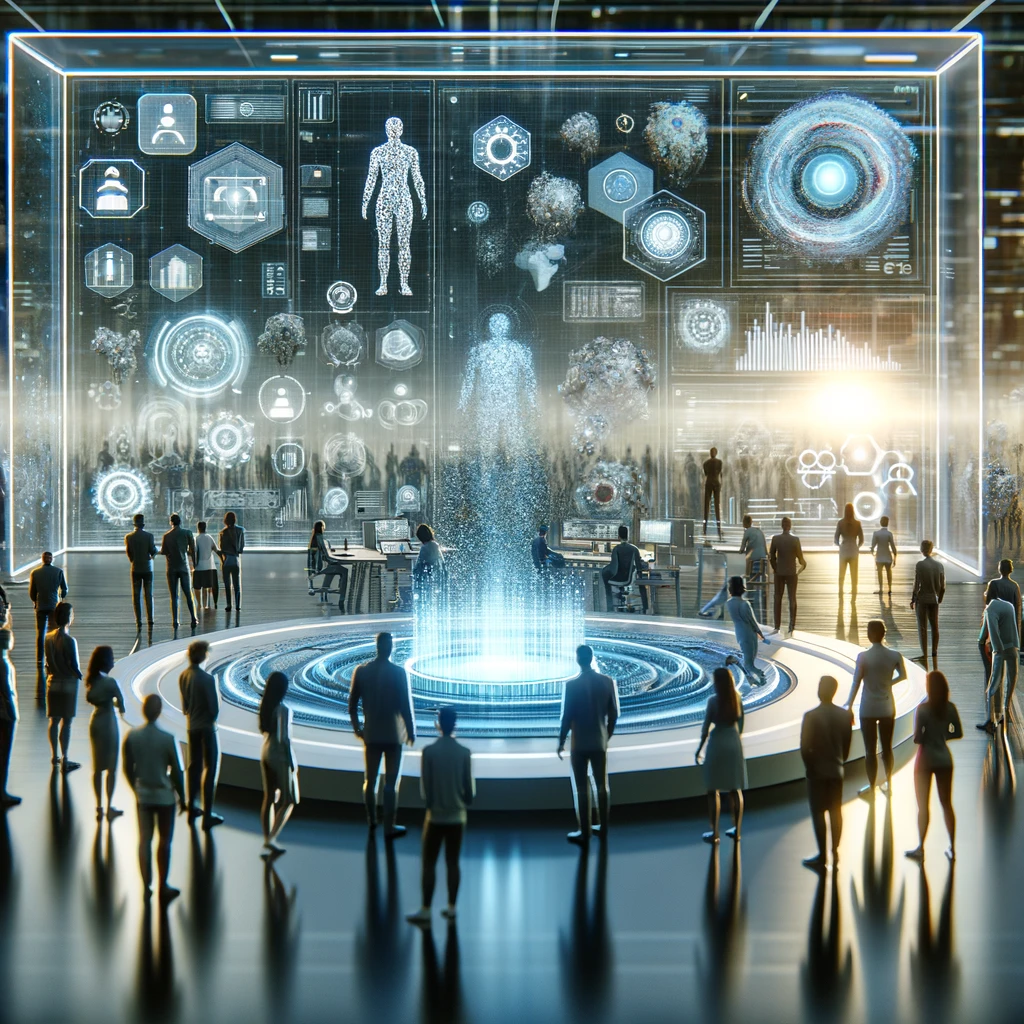
Knowledge representation in AI faces several challenges impacting system development and implementation.
Key Challenges
Complexity
Managing the complexity of data and relationships in large knowledge bases.
Consistency
Maintaining consistent information to ensure reliable AI system performance.
Adaptability
Flexibility to update knowledge bases without overhauls.
Evolving Knowledge
Keeping knowledge bases current with new discoveries and changing norms.
Addressing Challenges
Managing Complexity
Use hierarchical structuring, modularization, and ontologies for efficient knowledge handling.
Ensuring Consistency
Implement validation processes and automated reasoning tools to check for contradictions.
Enhancing Adaptability
Develop dynamic frameworks and use machine learning for automatic updates.
Keeping Knowledge Current
Incorporate continuous learning mechanisms and adaptive algorithms.
Real-World Implications
Inconsistencies can lead to errors in medical diagnosis systems, while lack of adaptability can render decision support systems obsolete.
Addressing these challenges is crucial for creating reliable AI applications.
By leveraging advances in AI research and adopting flexible approaches to knowledge management, it’s possible to overcome these challenges.
This ensures the development of intelligent, reliable, and adaptive AI systems.
6. Future Trends in Knowledge Engineering
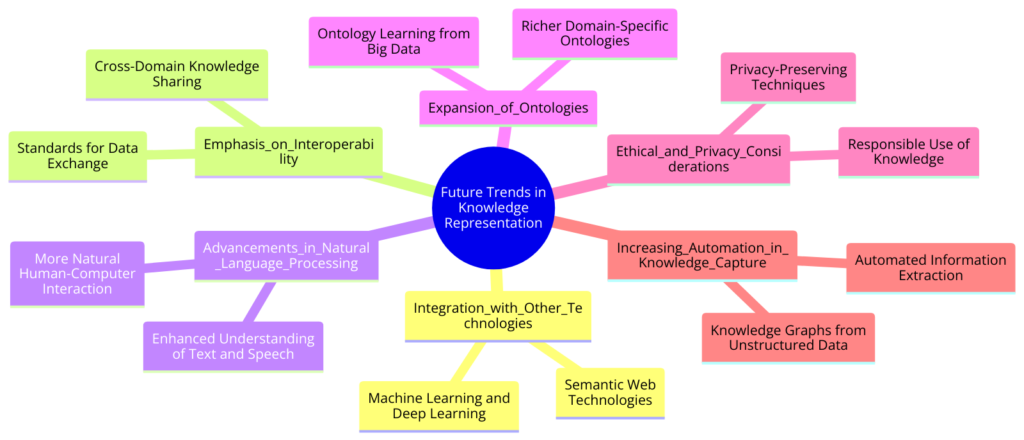
Knowledge engineering is evolving rapidly due to technological advancements and increasing AI application complexity. This section explores emerging trends and future predictions.
Emerging Technologies and Methodologies
Automated Knowledge Acquisition
Use machine learning and natural language processing to extract structured knowledge from unstructured data sources automatically.
Semantic Web Technologies
Facilitate structured knowledge creation, sharing, and querying on the web using RDF, OWL, and SPARQL.
Knowledge Graphs
Represent complex relationships between entities, supporting tasks like search and recommendation systems.
Explainable AI (XAI)
Enhance AI transparency by allowing users to trace decision-making processes.
Integration of Machine Learning and Knowledge-Based Systems
Combine machine learning’s adaptability with the structured reasoning of knowledge-based systems.
Predictions for the Future
Greater Interoperability
Standardize formats and protocols for seamless knowledge sharing and integration.
Dynamic and Continuously Learning Systems
Develop AI systems that update knowledge bases in real-time, enhancing adaptability.
Collaborative Knowledge Engineering
Foster interdisciplinary collaboration for knowledge creation and refinement.
Ethical and Societal Considerations
Address biases, privacy, and societal impact in knowledge-based systems.
The future of knowledge engineering promises to enhance AI capabilities and applications.
These advancements will drive innovation and transform industries, highlighting the importance of knowledge engineering in AI’s potential realization.
7. Conclusion: Reflecting on the Evolution and Future of Knowledge Representation and Engineering

Knowledge representation and engineering are foundational to AI, enabling machines to mimic human cognitive abilities. These fields are dynamic, continually evolving to address AI’s increasing demands.
Key Points
The Bedrock of AI
These fields enable AI to process complex information and make informed decisions, essential for practical applications.
Continuous Evolution
Technological advancements address limitations, enhancing AI’s accuracy, adaptability, and explainability.
Interdisciplinary Collaboration
Combining insights from various fields enriches approaches and solutions, crucial for diverse AI applications.
Ethical and Societal Implications
Ensuring ethical operation and reflecting societal values is paramount as AI systems become more pervasive.
Looking Forward
Knowledge engineering will play a pivotal role in AI’s future, integrating automated acquisition, semantic web technologies, knowledge graphs, and explainable AI to enhance capabilities.
These developments will address current limitations and open new possibilities.
Knowledge representation and engineering are crucial for AI’s function and evolution.
Their development will determine AI’s potential, addressing challenges, and driving innovation across sectors.
As we advance, these fields will lead AI toward more intelligent, reliable, and adaptive systems, ensuring their relevance in a rapidly changing world.
FAQ & Answers
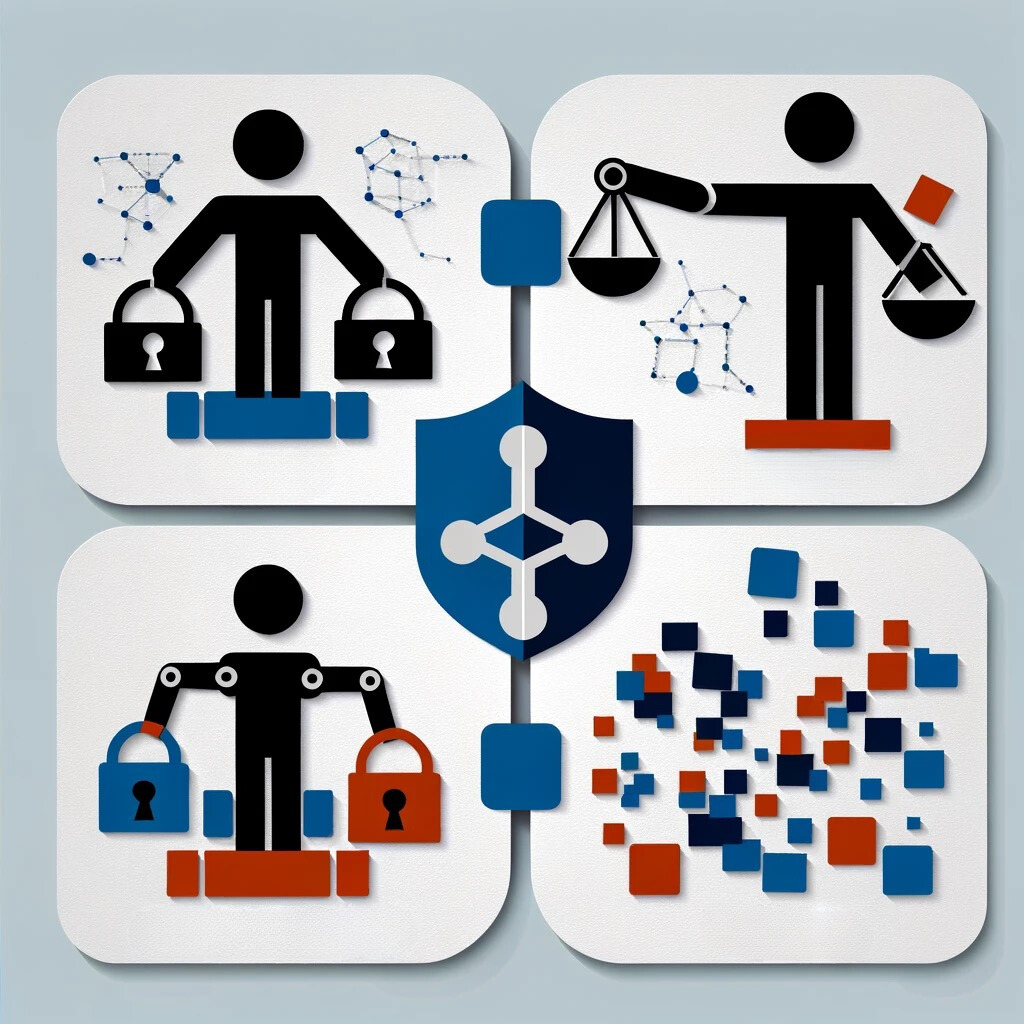
Knowledge Representation and Engineering
1. What is Knowledge Representation in AI?
It’s how AI systems understand and utilize information, using various models and structures to mimic human reasoning and decision-making.
2. Why is Knowledge Engineering important in AI?
Knowledge engineering is crucial for building, maintaining, and updating the knowledge bases that AI systems rely on to function effectively.
Quiz
Quiz 1: “Identify the Knowledge Representation” – Match the AI application with its type of knowledge representation.
Matching AI applications with their types of knowledge representation:
- Expert System for Medical Diagnosis
- Type of Knowledge Representation: Rule-Based
- Natural Language Processing (NLP) for Sentiment Analysis
- Type of Knowledge Representation: Statistical/Probabilistic
- Robotics for Navigation in Dynamic Environments
- Type of Knowledge Representation: Geometric/Topological
- Autonomous Driving System
- Type of Knowledge Representation: Hybrid (combining symbolic and sub-symbolic representations)
- Virtual Assistant for Customer Support
- Type of Knowledge Representation: Semantic Networks or Ontologies

Quiz 2: “Knowledge Engineering Steps” – Order the steps involved in knowledge engineering.
The steps involved in knowledge engineering, ordered:
- Knowledge Acquisition: Gather knowledge from domain experts, documents, databases, or other sources.
- Knowledge Representation: Encode the acquired knowledge into a form that can be processed by computers, such as rules, frames, ontologies, or semantic networks.
- Knowledge Organization: Organize the represented knowledge into a structured format to facilitate efficient retrieval and reasoning.
- Knowledge Verification and Validation: Ensure that the encoded knowledge accurately reflects the domain and is consistent with expert knowledge through testing and validation procedures.
- Knowledge Integration: Combine different pieces of knowledge into a coherent knowledge base, resolving conflicts and inconsistencies as needed.
- Knowledge Maintenance: Update and revise the knowledge base as new information becomes available or as the domain evolves over time.
- Knowledge Utilization: Deploy the knowledge base within an AI system or application to perform tasks such as decision-making, problem-solving, or natural language understanding.


